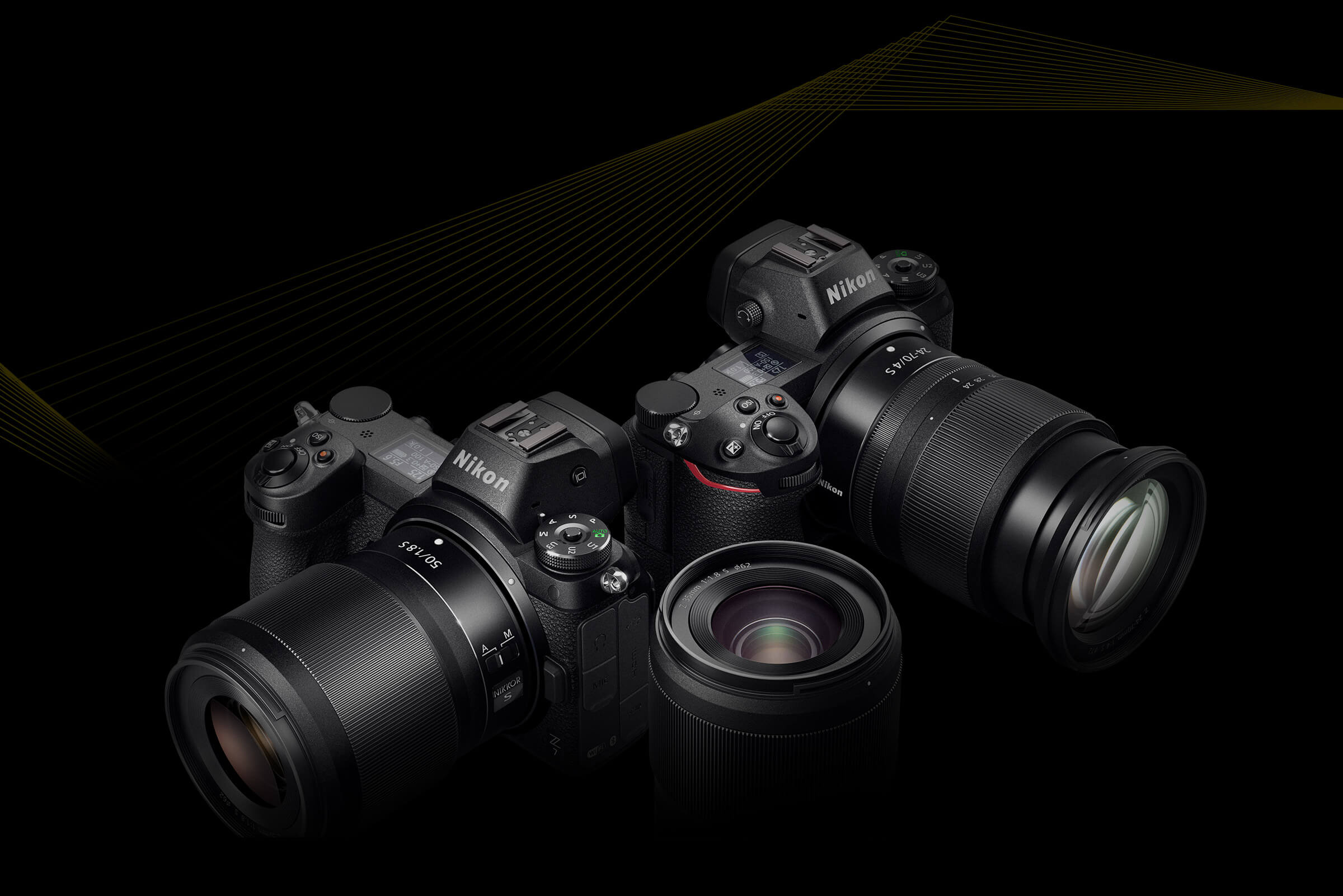INSUBCONTINENT EXCLUSIVE:
The largest trend in photography over the last five years or so, not counting smartphones, has been the emergence and maturity of mirrorless
These operate in a very different manner from traditional SLRs, and as such market leaders with decades embedded in the latter — namely
Canon and Nikon — have resisted making the shift
That changes for Nikon today with its announcement of the Z6 and Z7, which show the company is making the change wholeheartedly.
The Z
series comprises both these two cameras and a new lens mount, which in many ways is the more important news for photographers
The F mount has been around for decades and boasts some of the world best glass
But ultimately a more or less clean break was needed, and the Z mount manages to provide that, as well as solid back-compatibility for those
who can''t bear to part with their old standby kit.
WTF is a mirrorless camera
The cameras themselves, which have been rumored for ages
and were known to be imminent, are both full-frame, meaning their sensor is as big as a 35mm still-film frame
Full-frame cameras are generally intended for professionals or deep-pocketed hobbyists: bodies generally cost well over $1,000 but offer
improved image quality for a variety of reasons.
So it somewhat ambitious of Nikon to aim at this elevated market, where competition is
tough, standards are high and prices are higher
Old favorites like the Canon 5D vie with new challengers like Sony a9, and it seems as if slowly but surely the latter are coming out on
top, due in no small part to the advantages conferred on them by their mirrorless nature.
The Z7 starts at $3,400, which puts it squarely in
The Z6, at $2,000, sacrifices resolution but offers some other advantages — aside from holding onto that $1,400
If it were me I&d go for the latter, no question.
Big and small changes
The Z7 is the new flagship, and it closely replicates the ability
of the popular Nikon D850, while adding a variety of improvements
Most obvious is body size; the camera is much, much smaller and lighter than its SLR predecessor, but is still far from petite
It also improves on a few stats like burst speed and autofocus in ways that will be appreciated by pros, and a new 10-bit N-LOG video output
mode should provide more flexibility in post.
Its sibling, the Z6, has a lower megapixel count (24 versus 45) but further improves burst
speed and may in fact prove superior in terms of video performance.
Both make the switch to an electronic viewfinder, or EVF, and apparently
Nikon was very particular about this component
The resolution of the OLED eyepiece is 1280''times;960, which sounds low compared with phone and VR displays, but should be fine — and
really, motion and color are more important
The rear LCD is also OLED, as is a little up-facing status display on the top plate.
Both also have in-body stabilization, which means
lenses can be lighter and cheaper
The stabilization will work with older lenses too (more on this in a moment) and in cases where a long lens has its own stabilization
system, the camera will defer to that at least on some axes.
I haven''t had a chance to play with these in person but I expect to soon; in
the meantime, as always, DPReview has a solid set of first impressions.
Z-mount into the future
For many, the biggest change will be the
switch to the new Z-mount system
There will be a series of Z lenses, and bonny lenses they will be, with the new dimensions allowing improved optics across the board
Everyone is hot about a F/0.95 Noct lens Nikon has been teasing for 2019
But with a hundred million F-mount lenses out there, backwards compatibility is a must.
For them there is the FTZ adapter, which fits
between the Z and the old lens, bridging the old technology and the new
If the lens is relatively new and supports automatic aperture and focus, those will be available
And, in fact, these lenses will benefit from the new autofocus system and may perform better than they did originally, if not identically
— slight changes will no doubt emerge from the addition of the new optics.
Older lenses, such as classics with manual focus and aperture,
will still fit the adapter but can''t be magically endowed with automatic features.
The adapter is not inconsiderable in size — more like
a pancake lens than a filter
So your favorite lightweight walk-around setup may be impacted negatively
But overall it seems like it should do nicely for most.
Nikon has made its play, and the Z series looks like a natural jump for thousands of
photographers who have stuck with the brand for years out of loyalty and investment
It doesn''t take much away, it adds quite a bit and in a few years it will probably be a no-brainer rather than a &well, maybe.

